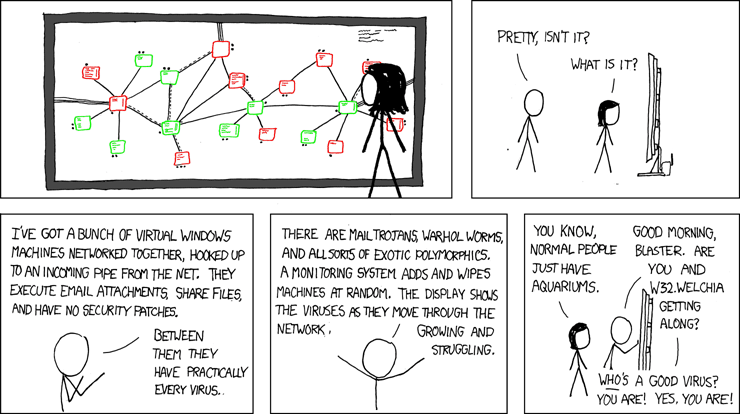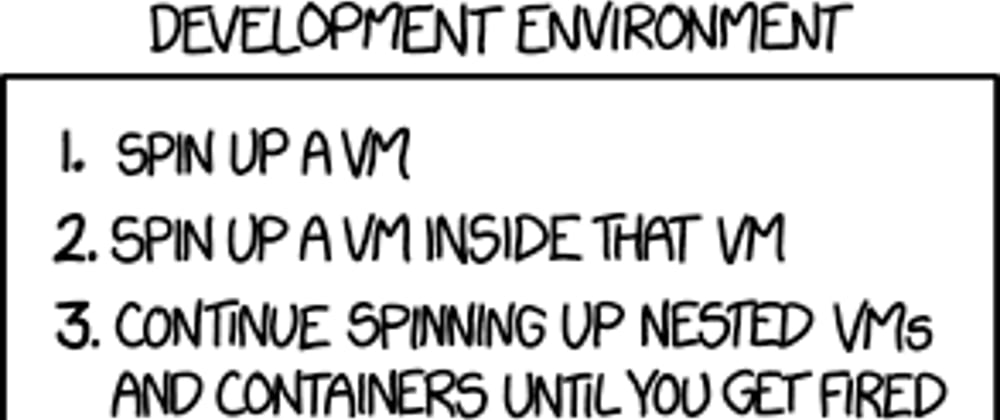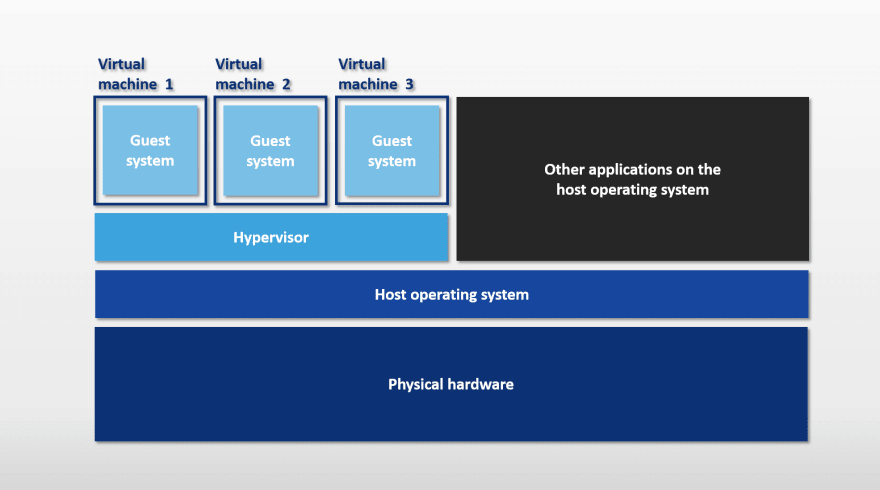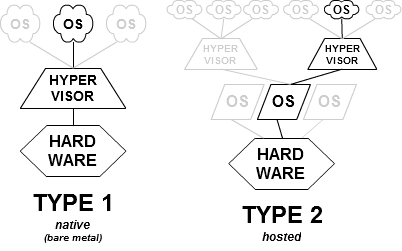
Virtualisation is the process of creating a virtual version of a physical object.
Virtualisation is of three types primarily:
Hardware Virtualisation - Based on simulating real hardware. This can be used to run a complete operating system. This can be further subdivided into full and paravirtualisation.
Desktop Virtualisation - It is the concept of separating the logical desktop from the physical machine.
Operating system level virtualisation (also called as containerisation) - It is the operating system feature in which the kernel allows the existence of multiple isolated user-space instances. Such instances are called containers. Containerisation was introduced as a Linux Kernel feature in 2010. It started gaining momentum with the introduction of Docker.
Hardware Virtualisation
Some terminologies associated with Virtualisation:
Virtual Machine: It is a virtual representation of a physical machine.
Hypervisor: It is a software that manages and monitors running virtual machines.
Host machine: The physical machine that a virtual machine is running on.
Guest machine: The virtual machine running on the host machine.
The following block diagram shows the position of each component mentioned above:
Hypervisors
There are two main types of hypervisors:
Native: They run directly on the host machine and share out resources between guest machines.
Hosted: They run as an application inside the operating system and support virtual machines running as individual processes.
Eg. VirutalBox,Parallel Desktop








Latest comments (0)